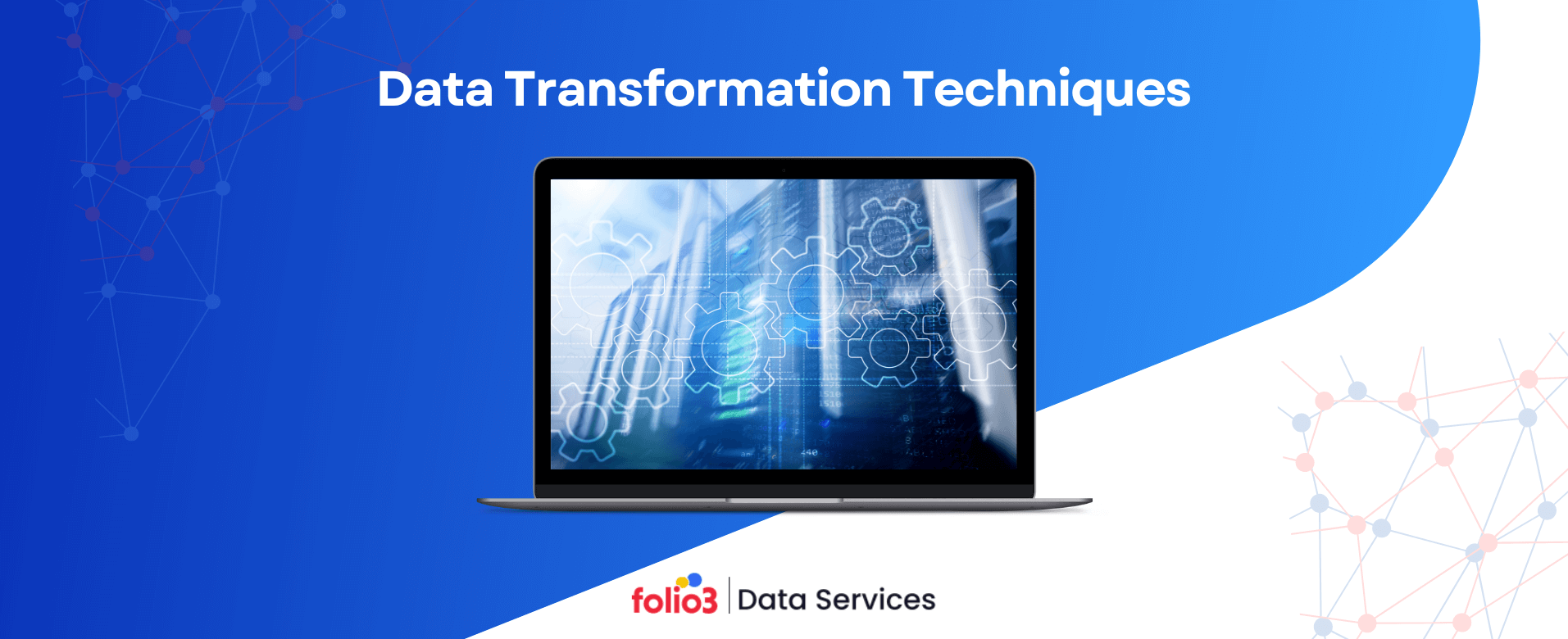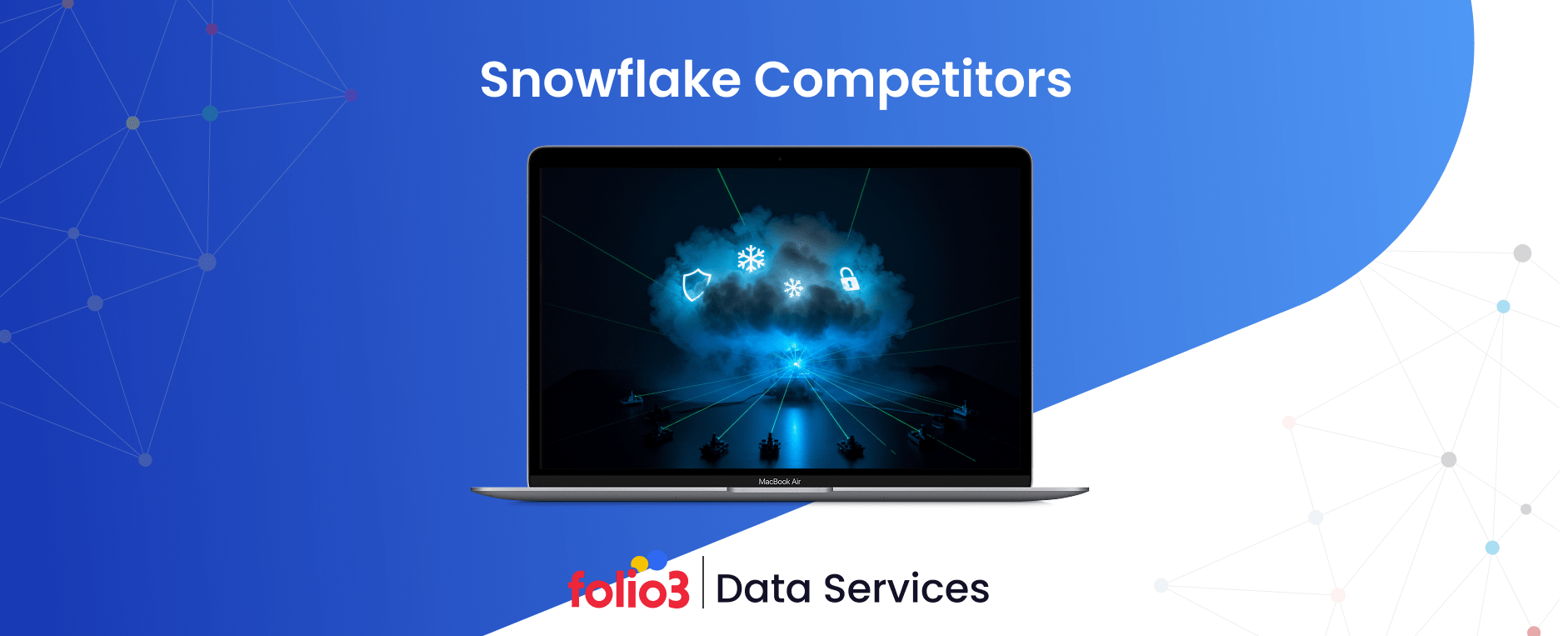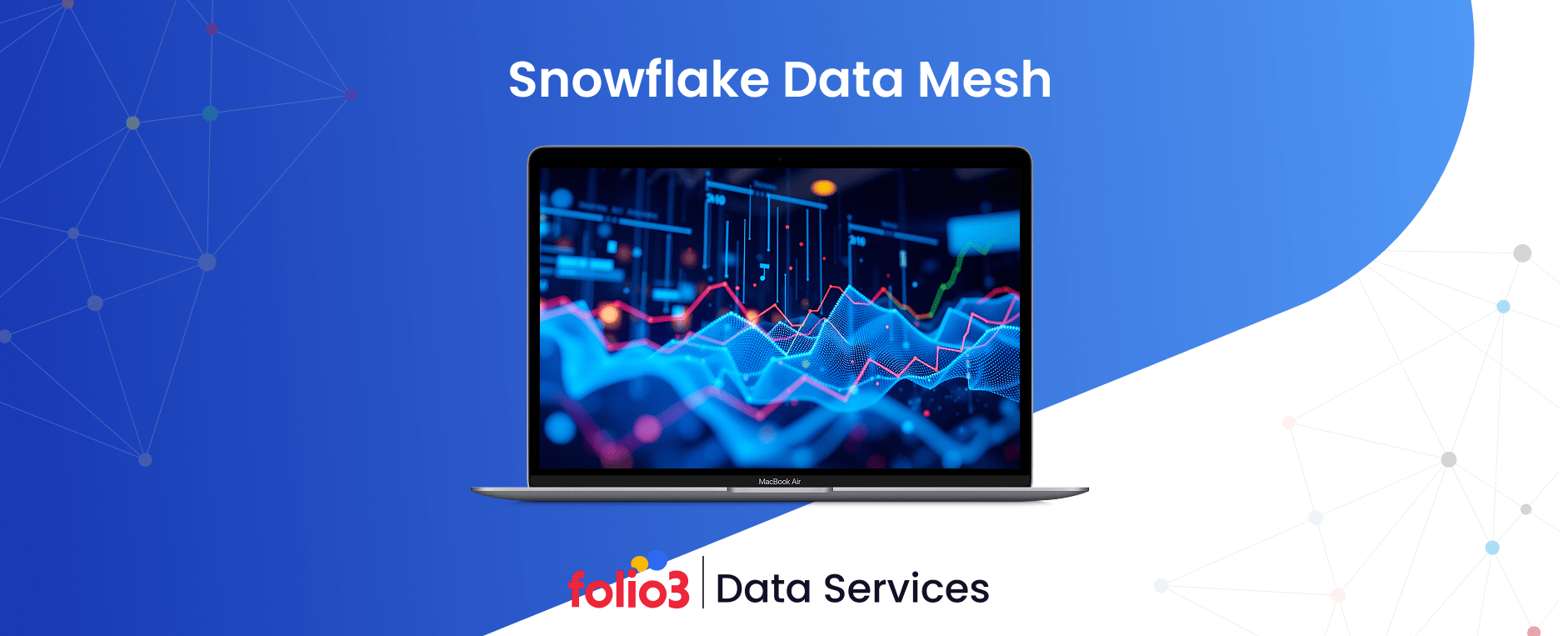The importance of data transformation cannot be overstated. As businesses collect vast amounts of raw data from various sources, the ability to process and transform that data into actionable insights becomes critical.
Data transformation is converting raw data into formats that can be easily analyzed and used in decision-making, reporting, or machine-learning models. This process is an integral part of data workflows, especially in the context of the ETL (Extract, Transform, Load) process, which ensures that data is clean, usable, and optimized for analysis.
Let’s explore modern organizations’ data transformation techniques, including methods, strategies, and steps to ensure effective data processing. Additionally, we’ll examine the benefits of transformation and how it plays a pivotal role in analytics, machine learning, and business intelligence.
What is Data Transformation?
Data transformation is converting data from one format, structure, or value representation to another. It is essential to ensure that the data can be properly used in target systems, whether for storage, analysis, or reporting. This conversion might involve modifying, enriching, filtering, or cleaning the data to improve its quality and relevance.
Data transformation is critical between the extraction and loading phases in the ETL pipeline. In a typical ETL workflow, raw data is extracted from various sources, transformed into a standardized format, and then loaded into a target database or system for further analysis.
Key benefits of this process include improving data accuracy, facilitating interoperability between systems, and preparing data for advanced applications like machine learning, predictive analytics, and AI-driven decision-making.
Common Data Transformation Techniques
When working with data, applying the right data transformation techniques is crucial for ensuring that raw information becomes usable and actionable. These techniques help to clean, organize, and restructure data so that it can be effectively analyzed or integrated into various systems.
Businesses can reduce errors, improve decision-making processes, and gain valuable insights by properly transforming data. From simple steps like data cleansing to more complex processes like data enrichment or parsing, each transformation method explicitly enhances data quality and relevance.
Let’s explore the most common techniques to optimize data for analytical and operational tasks.
Data Cleansing
Data cleansing is one of the first and most essential steps in data transformation. In this process, errors, inconsistencies, and duplicates are identified and corrected to ensure data quality. Clean data leads to more accurate analyses and insights, crucial for informed decision-making.
We’ll help you eliminate errors and inconsistencies, so your data works for you, not against you.
Explore flexible solutions today!
Data Aggregation
Aggregation involves summarizing and consolidating data into meaningful reports. This technique is instrumental in generating key metrics such as totals, averages, and counts. Businesses can obtain high-level insights from large datasets by aggregating data, aiding strategy development and performance monitoring within data engineering services.
Data Normalization and Standardization Normalization
Adjusts values in the dataset to a standard scale, while standardization ensures uniformity in data format. These techniques are beneficial when integrating data from multiple sources, and they are often part of data implementation projects.
Data Filtering
It is the process of excluding irrelevant or unnecessary data from a dataset. By focusing only on the most critical data, businesses can optimize their data storage and analysis processes and ensure more relevant results.
Data Enrichment Data Enrichment
Involves enhancing the dataset by adding external or supplementary information. This added context can increase the depth of analysis and make the data more actionable, which is a key aspect of data strategy services.
Data Parsing
This process converts unstructured data, such as log files or text, into structured formats suitable for analysis. It is often required when dealing with complex data formats.
Encoding and Decoding Encoding
Involves transforming data into machine-readable formats, while decoding is the reverse process. These techniques are crucial when exchanging data between systems with different formats or protocols.
Types of Data Transformation
Understanding the types of data transformation is essential for shaping data into formats that align with business needs, analytical processes, and system requirements. Different transformation types serve specific purposes depending on the intended outcome, whether improving the visual presentation of data, altering its structure or adding or removing elements.
These transformation types can range from constructive changes, where new data elements are created, to destructive changes, where unnecessary data is eliminated. Each type is critical in ensuring that data is clean, organized, and optimized for downstream processing, whether for machine learning models, business intelligence tools, or other applications.
Let’s dive into the key types of data transformation to understand their impact better:
Constructive Transformation
This type of transformation involves adding new data or features to an existing dataset. It could be creating new variables, performing calculations on the data, or enriching the dataset with additional fields.
Destructive Transformation
Destructive transformation refers to removing irrelevant or redundant data. While this may seem risky, streamlining datasets for better performance and focus during analysis is often necessary.
Aesthetic Transformation
This type of transformation involves changing the appearance or formatting of data for presentation purposes. It’s particularly important in data visualization and reporting, ensuring that results are easily interpreted. Modern tools, including an AI presentation maker, can automatically generate charts, dashboards, and slides from transformed datasets, saving time while maintaining clarity and visual appeal.
Structural Transformation
In structural transformation, the structure or organization of the data is altered. For example, data can be restructured from rows to columns or pivot tables to change how it is presented. This is crucial for preparing data for analysis or reporting tools.
Unify your data seamlessly with Snowflake’s scalable architecture.
Contact us for expert Snowflake Consulting!
Benefits of Data Transformation
Data transformation offers numerous benefits that significantly enhance the quality, usability, and accessibility of data. As businesses increasingly rely on data-driven insights, properly transformed data becomes a cornerstone for informed decision-making.
Here are some of the key benefits of data transformation:
Improved Data Quality and Accuracy
Effective data transformation ensures that data is clean, consistent, and error-free. This directly impacts the quality of insights drawn from the data, enabling more reliable decision-making.
Enhanced Data Usability for Analysis and Reporting
Transformed data is much easier to analyze, whether in business intelligence tools or machine learning models. It ensures that data is formatted and structured for optimal use.
Better Decision-Making
Accurate, structured data leads to more reliable insights, supporting better decision-making. Clean data is critical for forecasting sales, optimizing operations, and personalizing customer experiences.
Increased Efficiency in Data Workflows
Automated data transformation methods significantly reduce manual effort, leading to faster data processing and better operational efficiency. This is especially important when dealing with large datasets that require regular updates.
Prepares Data for Machine Learning and AI Applications
Well-structured and clean data are essential for machine learning and AI. Proper data transformation ensures that the data fed into models is high-quality, improving model performance and predictive accuracy.
Partnering with experts in Snowflake consulting can further amplify these benefits by implementing optimized transformation workflows directly within Snowflake’s architecture—ensuring scalability, efficiency, and alignment with enterprise data strategies.
If scaling your data infrastructure is becoming a challenge, we ensure effortless scalability for future growth.
Contact us to scale efficiently!
Data Transformation Methods
Data transformation methods are the various approaches to convert raw data into a more useful format for analysis, reporting, or decision-making. The choice of method often depends on the transformed data’s size, complexity, and purpose.
Whether you’re working with batch processing for large datasets or real-time processing for time-sensitive data, the right transformation method can significantly impact your efficiency and outcomes. Understanding the different techniques allows businesses to select the best approach for their needs, ensuring the data is processed accurately, timely, and aligned with operational goals.
Let’s explore the most common data transformation methods with unique benefits and use cases:
1. Batch Processing
Batch processing is a data transformation method that handles large datasets at predetermined intervals. Instead of processing data continuously, businesses aggregate and process it in bulk during scheduled times, which helps optimize system resources and manage heavy workloads.
For example, banks and financial institutions often use batch processing to handle massive volumes of transaction data at the end of each business day. This approach is highly efficient when immediate, real-time data is optional, but the data volume is too large to handle in smaller, continuous streams.
While batch processing doesn’t offer real-time insights, it is ideal for use cases like financial reporting, payroll processing, and data warehouse updates, where data can be processed in bulk at off-peak times to reduce system load.
2. Real-Time/Stream Processing
Real-time or stream processing transforms data as it flows into the system, allowing businesses to react to and analyze data in near real-time. Unlike batch processing, which processes data at scheduled intervals, stream processing captures and transforms data continuously.
This method is especially beneficial when immediate insights are crucial, such as monitoring stock market fluctuations, tracking e-commerce user behavior, or analyzing IoT sensor data. Real-time processing helps organizations stay agile, allowing for fast decision-making and proactive interventions.
For instance, an online retailer can use real-time data to adjust prices or promotions based on customer activity instantly, driving sales and enhancing customer experiences.
3. Manual Transformation
Manual data transformation involves data engineers or analysts manually applying transformations using tools such as spreadsheets, SQL queries, or custom scripts. This approach offers complete control over the transformation process, allowing for highly customized and precise data handling.
However, manual transformation is often labor-intensive, time-consuming, and prone to human error, mainly when dealing with large datasets. It requires a deep understanding of the data structure and the desired outcome. While manual methods may be suitable for small datasets or unique one-off tasks, they could be more scalable and efficient for organizations that process data regularly or at scale.
4. Automated Transformation
Automated data transformation leverages advanced software tools and algorithms to handle data processing tasks, eliminating human intervention automatically. This method is significantly faster and more accurate than manual transformation, reducing the risk of errors and speeding up data processing times.
Automated transformation is commonly used in modern ETL (Extract, Transform, Load) pipelines, where large volumes of data are processed, cleaned, and structured according to predefined rules. Many ETL tools have built-in automation capabilities, enabling seamless integration of data sources, transformation, and storage processes.
Organizations often turn to data integration consulting to design and implement these automated ETL workflows, ensuring scalability, consistency, and alignment with business goals.
Automated transformation is ideal for businesses that manage vast amounts of data and must ensure consistent, reliable, and scalable data transformation without the bottlenecks of manual processing. It also supports continuous data workflows, ensuring that data is always ready for real-time analysis, machine learning, and business intelligence applications.
How to Choose the Best Data Transformation Techniques For Your Data Transformation Needs?
Choosing the best data transformation technique is crucial for ensuring your data is adequately prepared for analysis, machine learning, or reporting. The right approach will depend on multiple factors, such as the dataset’s characteristics, the project’s objectives, and the types of models or analyses you plan to perform.
Guidelines for Choosing the Best Data Transformation Techniques
Understand the Data
Analyze your dataset to assess its scale, distribution, outliers, and patterns. Are there any missing values? Is the data skewed or customarily distributed? For instance, if your data includes extreme outliers, techniques like data normalization or log transformation may be needed to bring it into a usable range.
Identify the Objective
Knowing the end goal of your project is essential for selecting the right technique. Whether you are trying to improve model accuracy or visualize trends, your objective will dictate the best way to transform the data. For example, transformations that improve feature scaling, like standardization, might be crucial if you’re performing predictive modeling.
Consider Downstream Analysis
The type of analysis or machine learning model you use should guide your data transformation process. Some models, such as linear regression, perform better with normalized data, while others, like decision trees, are less sensitive to scaling but may benefit from other transformations like data cleansing.
Evaluate the Impact
Each transformation method will specifically affect your data. It’s essential to evaluate whether the transformation improves the quality of the data or negatively impacts the downstream analysis. Techniques such as one-hot encoding, for example, may be necessary for categorical data in machine learning but could make it harder to interpret in a report.
Experiment and Test
Choosing the right technique is often an iterative process. Experiment with various transformations and evaluate how they impact the quality and usability of your data. Monitor how your transformations affect model performance or insights, and be prepared to refine your approach based on the results.
Final Words
With abundant data, effectively transforming raw data into structured, actionable insights is paramount. Data transformation techniques like cleansing, aggregation, and normalization ensure that your data is of high quality and ready for analysis.
Using the right data transformation strategies, businesses can unlock deeper insights, streamline operations, and drive innovation. The right data transformation strategy can be a game-changer for organizations, whether it’s batch processing for large-scale transformations or real-time processing for immediate insights.
Folio3 Data Services can help you use these techniques to improve data accuracy, efficiency, and decision-making, positioning your business at the forefront of the data-driven world. Learn more about our analytics services to see how we can support your data transformation journey and unlock actionable insights.





